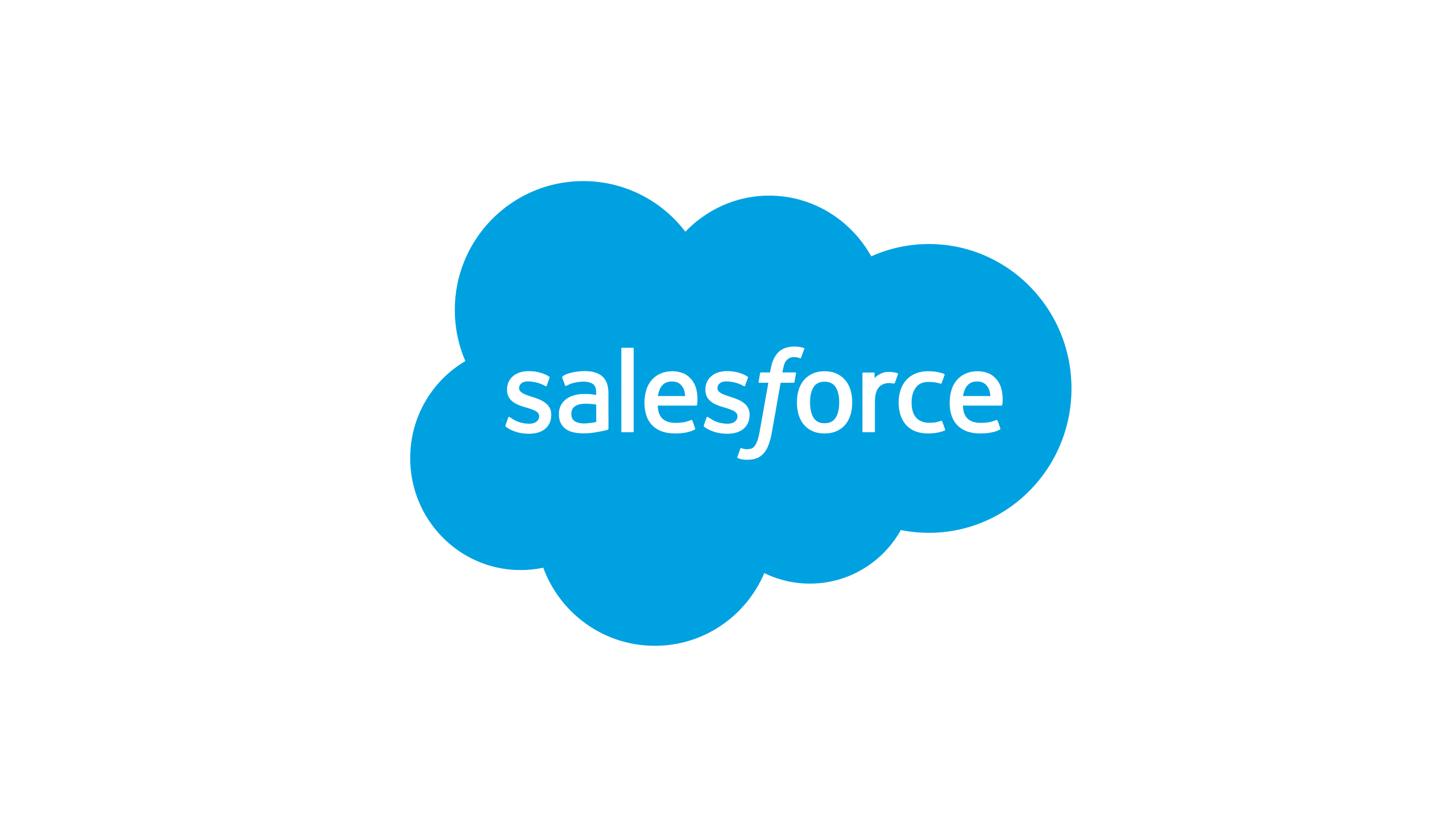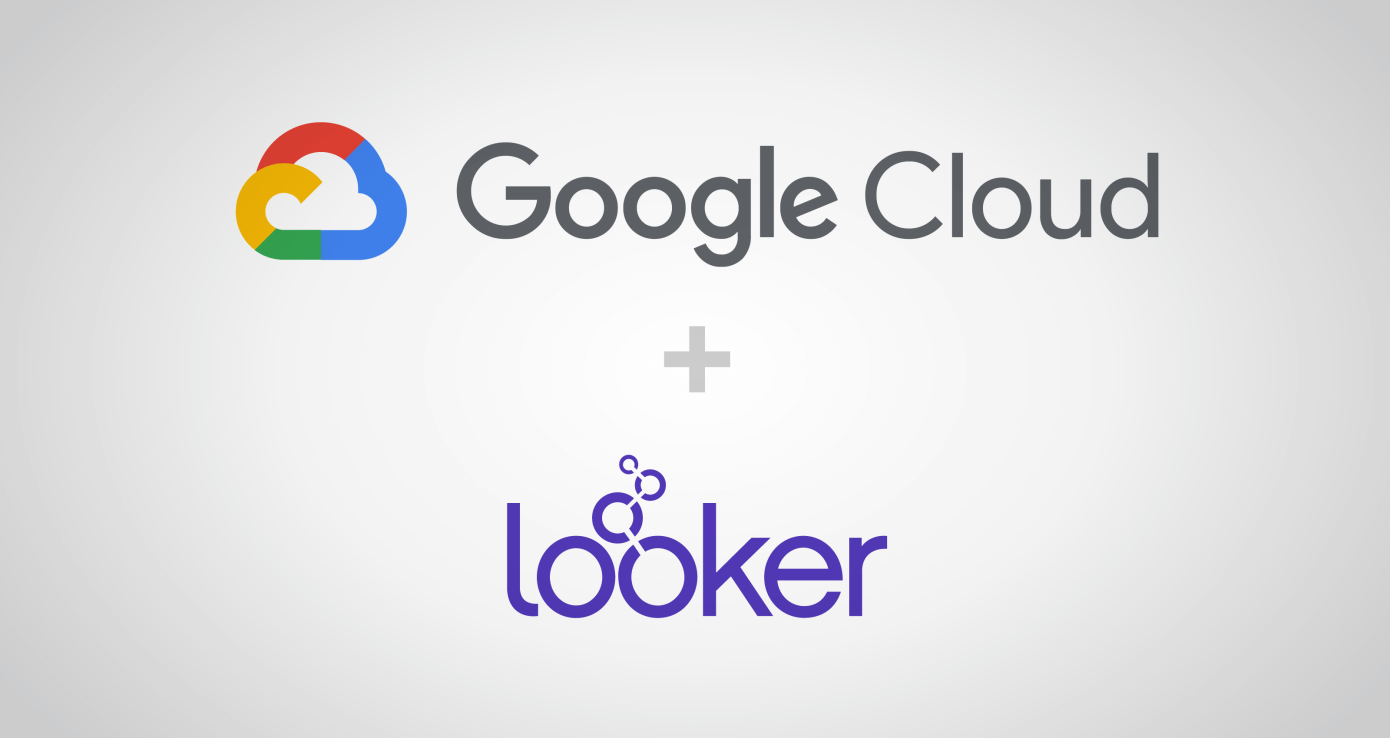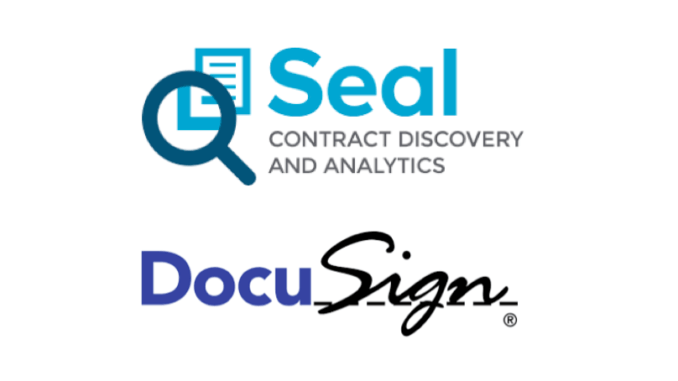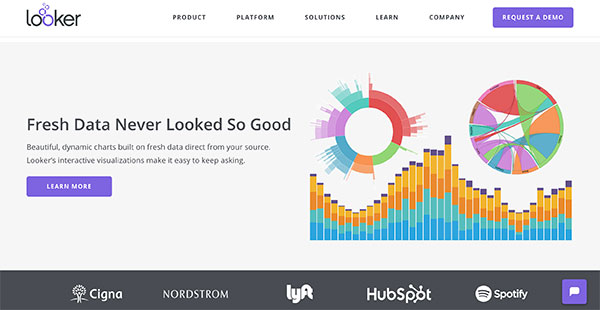Infor has announced they are teaming up with Snowflake to use cloud-based business intelligence (BI) tools produced by Birst. This partnership means that users will be able to house automated data warehouses on Snowflake.
Infor’s VP of analytics product strategy and consulting Brad Stillwell announced that the exciting new partnership will mean users can now take advantage of data warehouse automation, in the environment of the Snowflake database. As Brad puts it: “This is key because it will help current and future customers move beyond a legacy approach to analytics and data integration, which inhibits their ability to innovate, scale, and grow their businesses”.
For their part, Birst was bought by Infor, the NYC enterprise resource planning (ERP) company, in 2017. It was that year that saw Birst receive a top-four score in 80% of the assessment cases used for the Gartner Critical Capabilities for Business Intelligence and Analytics Platforms report. That report highlighted and applauded Birst’s performance in delivering insights, discovery, correlations, and predictive analytics, all on one interface.
This established relationship will mean that both Infor and Snowflake users can make use of Birst’s proven end-to-end expertise.
Birst + Snowflake
The Birst platform integrates automated processing, which takes away the need for two lengthy current procedures; extract, load, and transform (ELT) and extract, transform, and load (ETL) data modeling, data preparation, and analytics. By taking care of both of these processes, Brad Stillwell says that the new
partnership will deliver row and column level enterprise data governance, plus fine-grained control and security.
Cloud continues its progress as the go-to option for enterprise data transformation. This being so, any initiative that uses resources to capture enterprise-wide data - be that data created by people, by disparate applications or IoT infrastructure - has huge potential. As both Birst and Snowflake are already native on Amazon Web Services (AWS), there’s no need to extract data away from Snowflake. That data can be transformed and analyzed by Birst, then migrated back to Snowflake.
What the partnership means is a “cloud-first approach to data management,” which will separate processing and storage. Brad Stillwell describes this as “vital” for partnership customers, who he sees as people desiring a data management platform which is both cloud-based and scalable, and which can inform
their whole digital transformation program going forwards.
As Stillwell puts it himself: “It’s this value that Snowflake has unlocked – the automatic creation of an analytic-ready data model or data warehouse on Snowflake”.
Data Lakes, AI and BI
There is more data traveling at light speed around the internet today than the whole net could handle when it was first set up. The way any digital business collects, accesses and analyzes that data will literally make or break them.
Brad Stillwell again: “Companies that are currently not harnessing the power of artificial intelligence (AI) are putting themselves at a huge disadvantage”.
Business intelligence solutions that incorporate AI technology offer those businesses a chance to take a real step up. Rather than reports, a business can utilize dashboards that have Machine Learning (ML) algorithms, which promote really intelligent insights to make many business managers take a breath. The fact is, these new developments evoke a demand for really intelligent data analysis, meaning smart businesses start asking the kinds of questions they wished they’d asked sooner.
Stillwell reports that enterprises are catching on quickly; they’ve seen the light, and are moving from static data warehouses to data lakes, which are secure, encrypted repositories that store structured, semi-structured, and unstructured data from across their business activities.
Data lakes have multiplied at the same time as the cloud has grown in popularity as a means of smart, secure storage. Gartner has predicted that cloud will host a full 75% of all databases by 2022, whether migrated there or deployed from conception. The rate at which both initiatives are increasing is itself accelerating; enterprises of many sizes are waking up and smelling the cloud coffee. In turn, Gartner predicts a growing market for in-depth insights, from existing departmental silos, mainframe, and legacy systems.
Market research backs up Gartner’s predictions, to the effect that it’s expected the value of the global data lake market will expand from $7.9 billion in 2019 to $20.1 billion by 2024.
A final word from Brad Stillwell: “They [data lakes] will be key in helping enterprises grow their insights and investments, ingest more content for better-informed decisions, improve their analytics profiles, and provide rich data sets to build more powerful machine learning processes”.




































